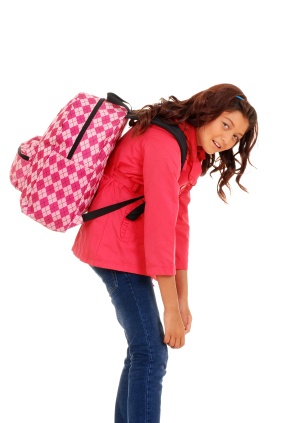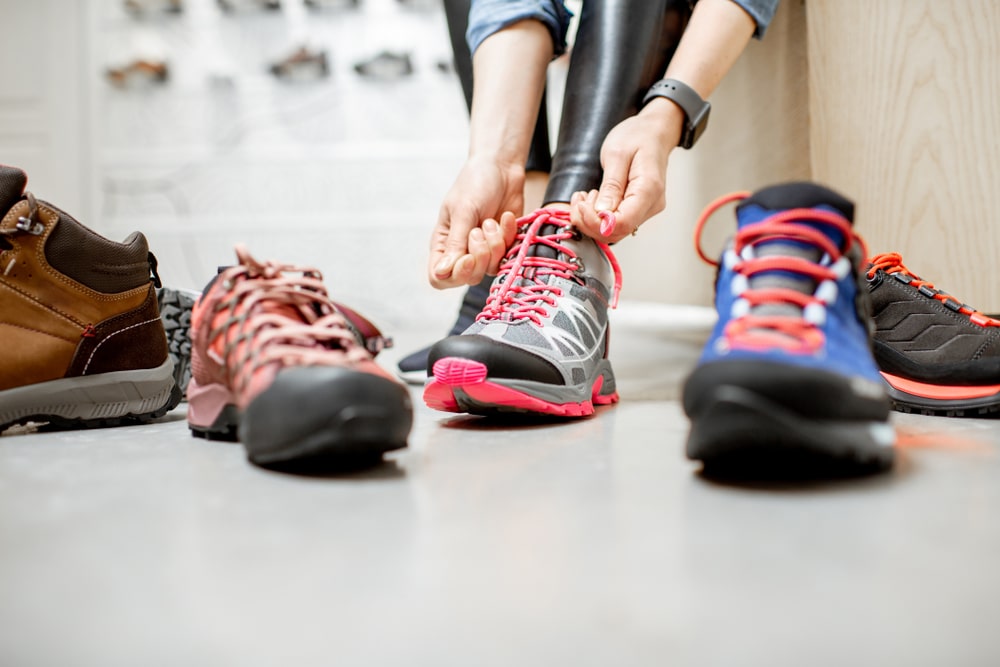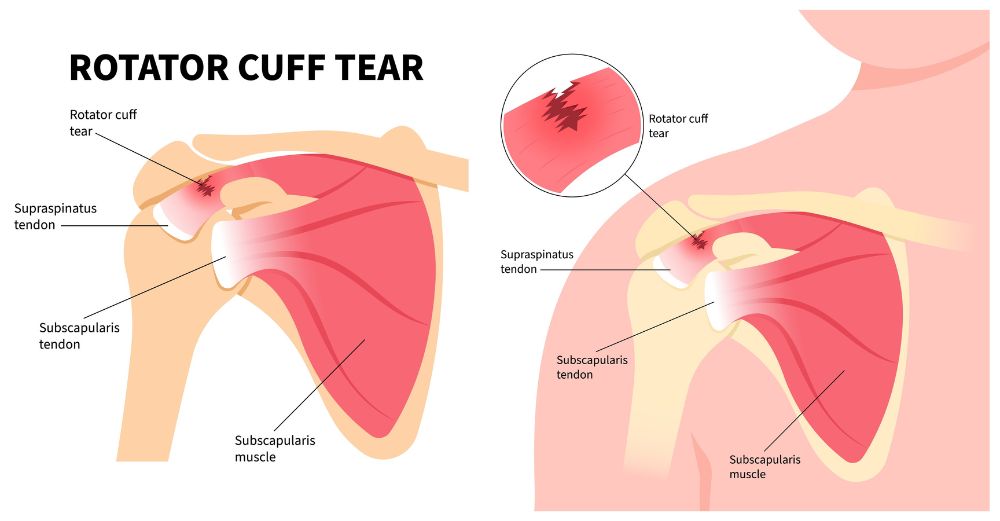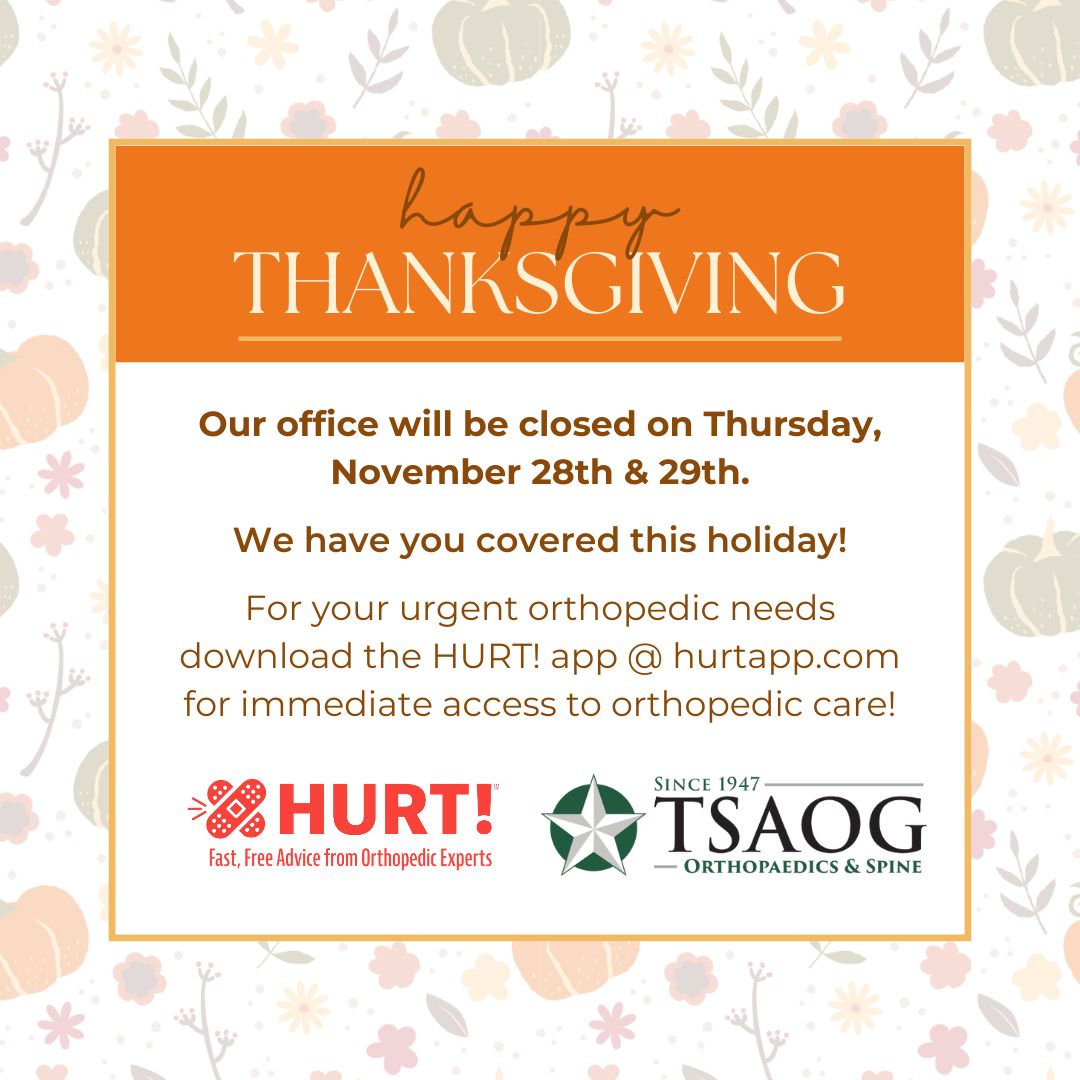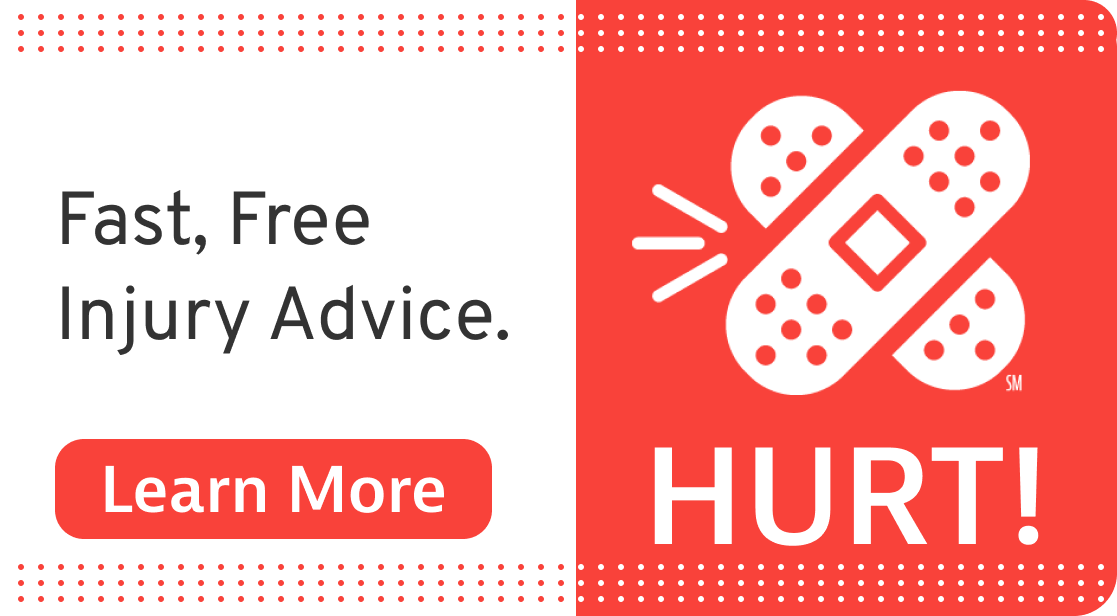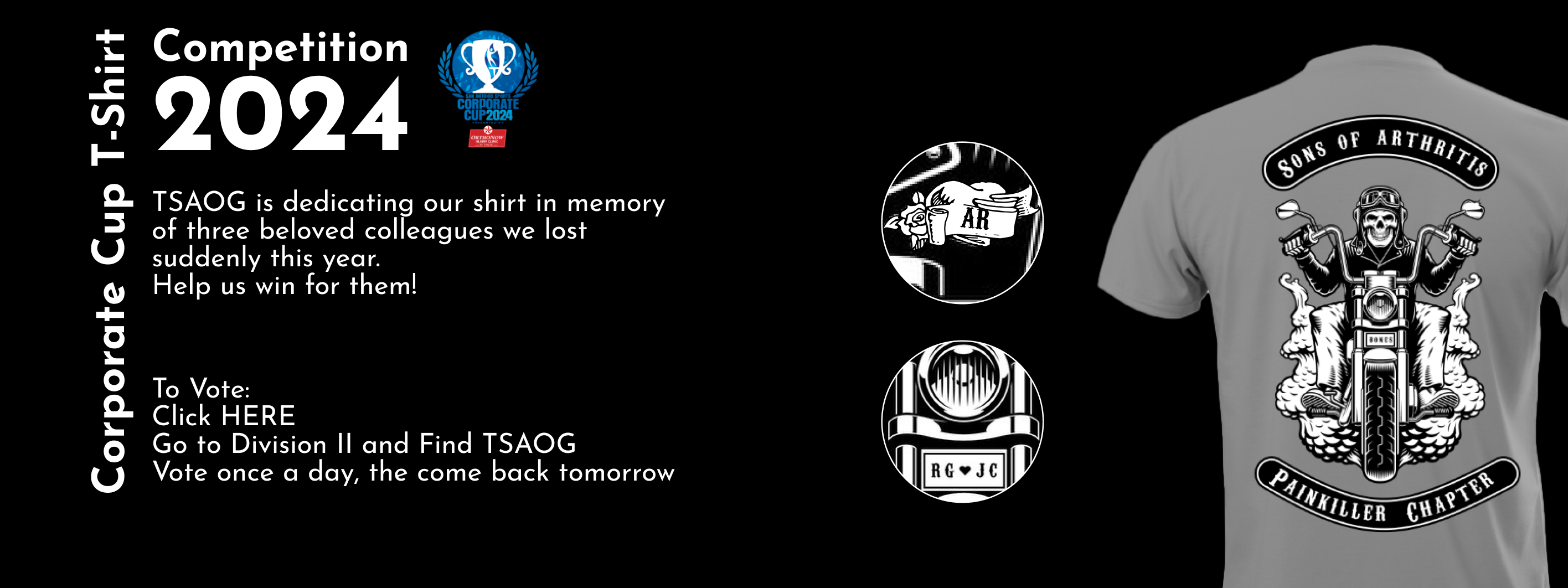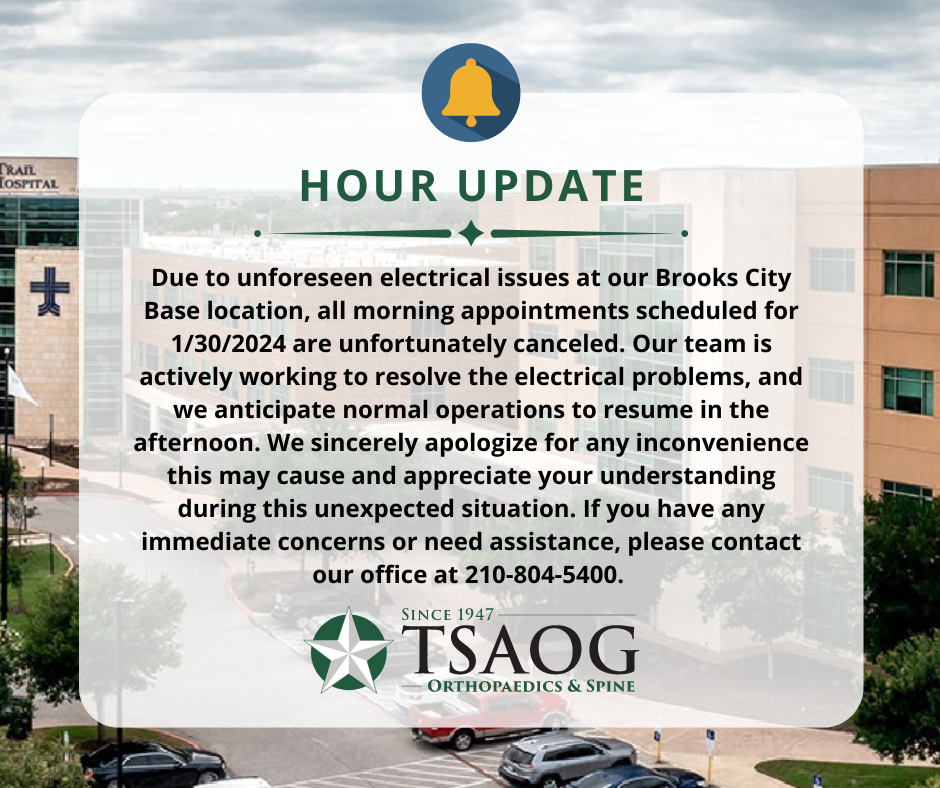It’s Back to School shopping time and many parents are heading out this Tax Free Weekend to collect supplies for their children. While you’re shopping, TSAOG’s Dr. Ephraim K. Brenman wants you to keep a few tips in mind to protect your child’s back from the dangers of an improper backpack.
Dr. Brenman, physical medicine and rehabilitation specialist with TSAOG, says that you need to “Be sure to get the right backpack, and make sure your child is wearing it and using it properly.”
Good backpacks are designed to distribute the weight across some of the body’s strongest muscles. But backpacks that are too heavy or backpacks that are worn incorrectly can cause problems for children and teenagers. Improperly used backpacks may injure muscles and joints, which can lead to severe back, neck, and shoulder pain, as well as posture problems.
When you go backpack shopping, look for one that is appropriate for the size of your child. Also, look for some of the following features:
- Wide, padded shoulder straps
- Two shoulder straps, not one
- Padded back
- Waist strap
- Lightweight backpack
- Rolling backpack
To prevent injury when using a backpack, make sure your child does the following:
- Always use both shoulder straps to keep the weight of the backpack better distributed across the child’s back
- Tighten the straps to keep the load closer to the back
- Pack light: Kids should carry no more than 15 to 20% of their body weight
- Organize the items: pack heavier things low and towards the center
- Remove items if the backpack is too heavy: carry only those items that are required for the day, and if possible, leave unnecessary books at home or school
- Lift properly by bending at the knees when picking up a backpack
Tips for Parents
- Encourage your child or teenager to tell you about numbness, tingling, or discomfort in the arms or legs which may indicate poor backpack fit or too much weight being carried.
- Watch your child put on or take off the backpack to see if it is a struggle.. If the backpack seems too heavy for the child, have them remove some of the books and carry them in their arms to ease load on the back.
- Do not ignore any back pain in a child or teenager.
- Talk to the school about lightening the load. Team up with other parents to encourage changes.
- Be sure the school allows students to stop at their lockers throughout the day to drop off or exchange heavier books.
- If your child has back pain that does not improve, consider buying a second set of textbooks to keep at home.
Dr. Ephraim K. Brenman is a board certified physical medicine and rehabilitation physician with The San Antonio Orthopaedic Group. He specializes in the non-surgical treatment of neck and back pain for patients 12 years and up. To schedule an appointment with Dr. Brenman, please call 210.281.9595.
